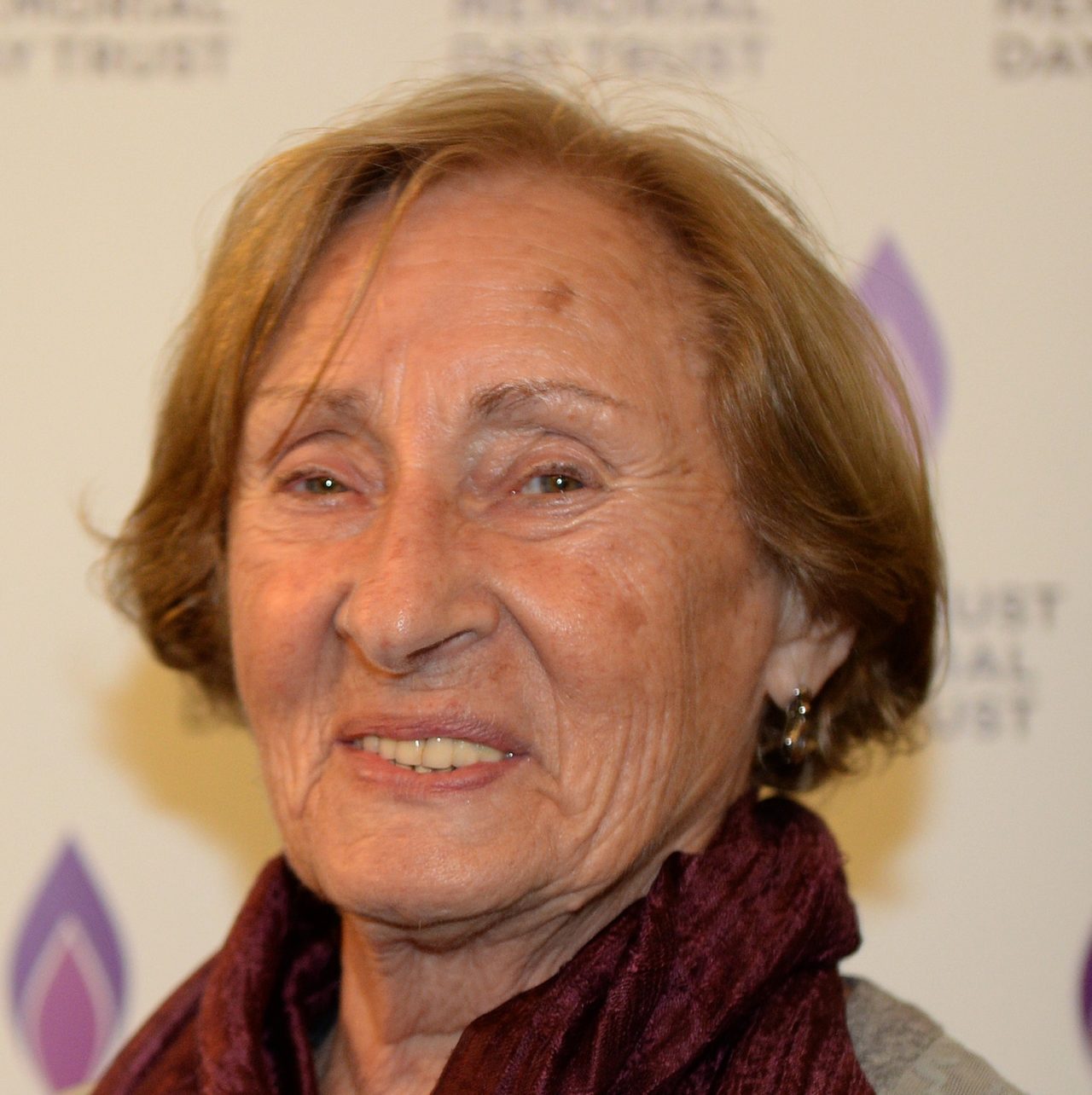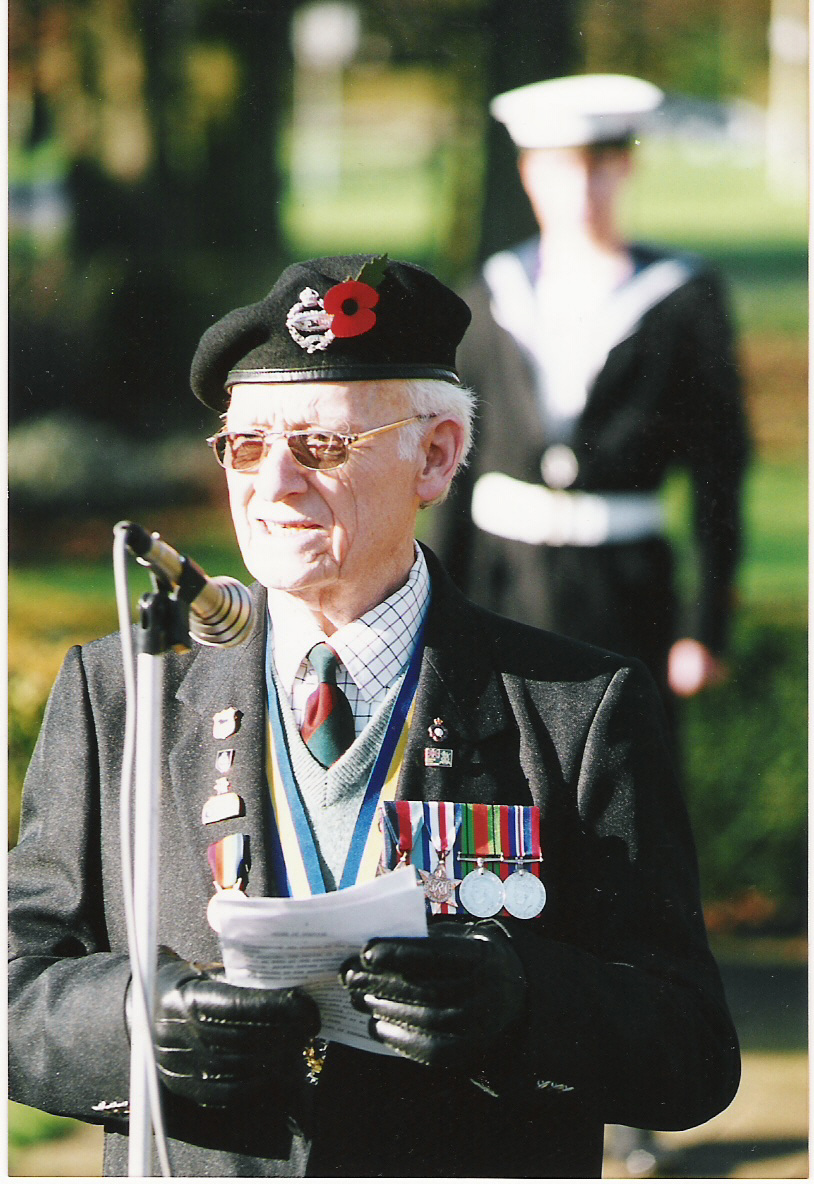Death marches and liberation
As Allied troops made progress across Nazi-occupied Europe, they began to uncover concentration and extermination camps. The camp of Majdanek in Poland was the first to be liberated, in the summer of 1944.
Nazi forces burnt the crematoria and the mass graves in attempts to hide the crimes that had been committed. The camps of Sobibor, Belzec, and Treblinka were dismantled by the Nazis from 1943, and Auschwitz was evacuated in late 1944. The remaining prisoners from each camp were forced to walk from Poland to camps in Germany. Already suffering from starvation and ill-treatment, and poorly clothed against elements, many thousands died on these enforced death marches.
Soviet soldiers liberated Auschwitz-Birkenau on 27 January 1945. They found several thousand emaciated survivors, and the smouldering remains of the gas chambers and crematoria – the Nazis’ attempt to destroy evidence of their crimes against humanity. In the following months, the Soviets liberated Stutthof, Sachsenhausen and Ravensbrück.
US troops liberated Buchenwald in April 1945, followed by Flossenburg, Dachau and Mauthausen. British Troops liberated Bergen-Belsen on 15 April 1945. Liberator Iolo Lewis recalled the sight that met the liberators:
I was absolutely horrified to find out what had happened where I stood and the inhumanity of man against man. I have never been the same since, mentally. How could people do this sort of thing to other people?… The people were not lively. They were treated like animals. They had lost reason. When the medics came in they tried to save a lot of people.
Diseases such as typhoid were rife, and an ever-present danger to the malnourished survivors. Many camps had to be burnt to the ground in order to ensure the containment of diseases. The liberation of the camps exposed the full extent of the Nazis’ ‘Final Solution’ to the rest of the world. Hear Richard Dimbleby’s radio talk describing the scenes he witnessed at Bergen-Belsen in 1945 (Warning, contains distressing details).
For most of those in the camps, liberation was a muted experience. They were alive, but they had lost everything. Thousands died of malnutrition and disease even after Allied troops arrived. Many people were so malnourished that their bodies could not cope with the food they were given.


